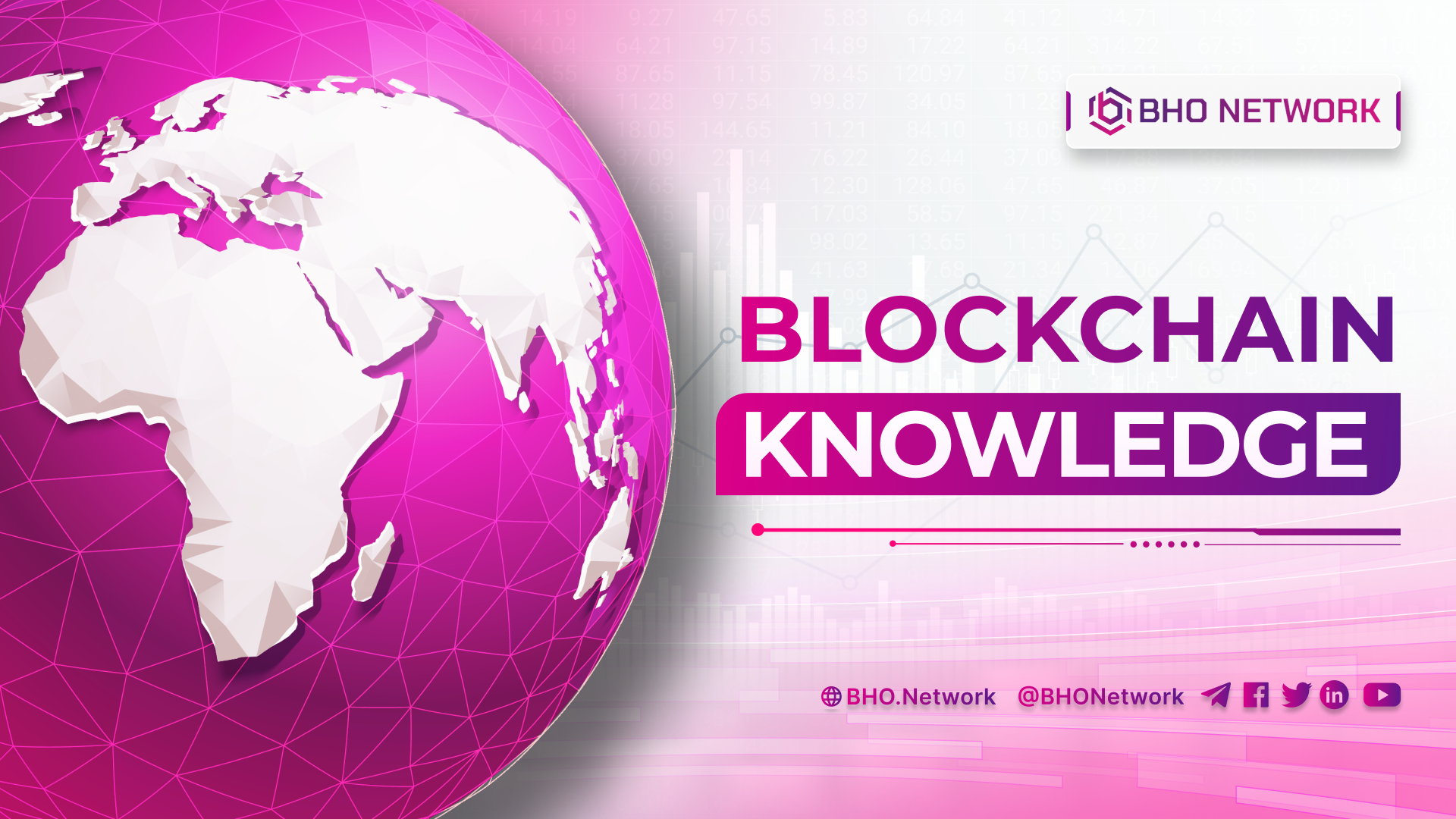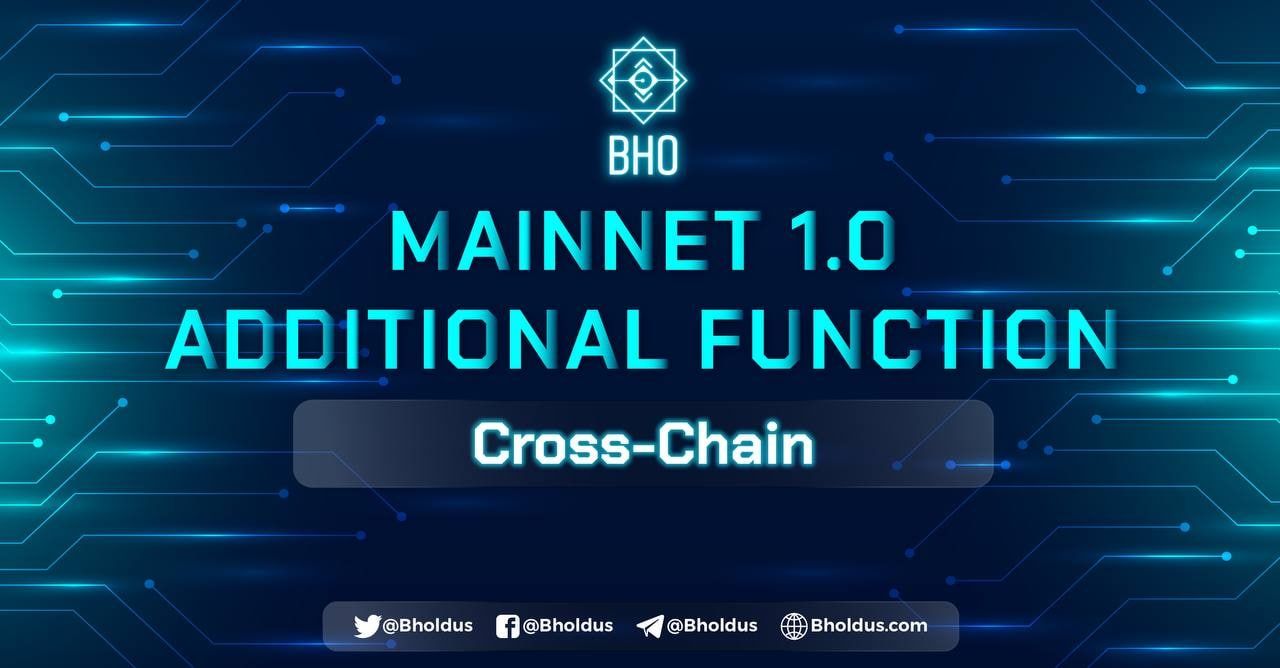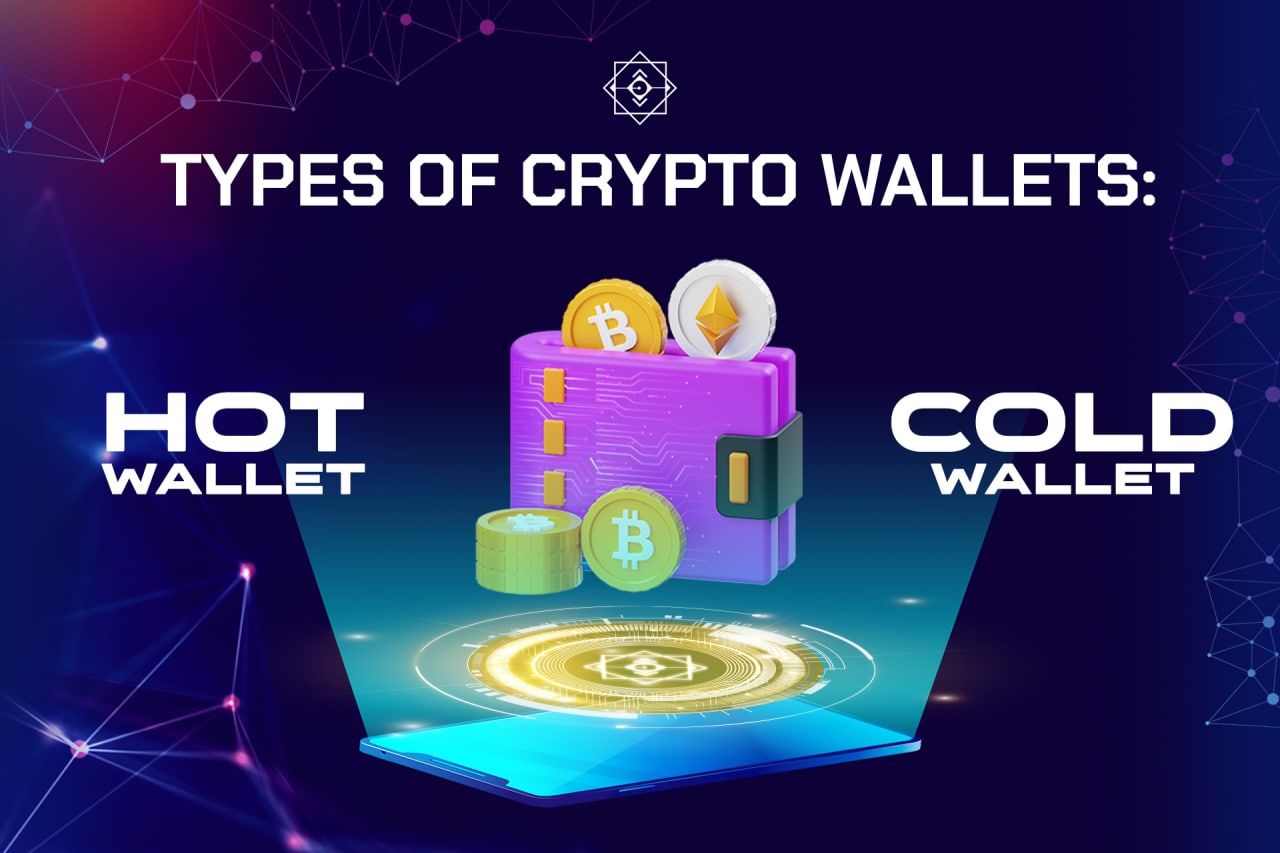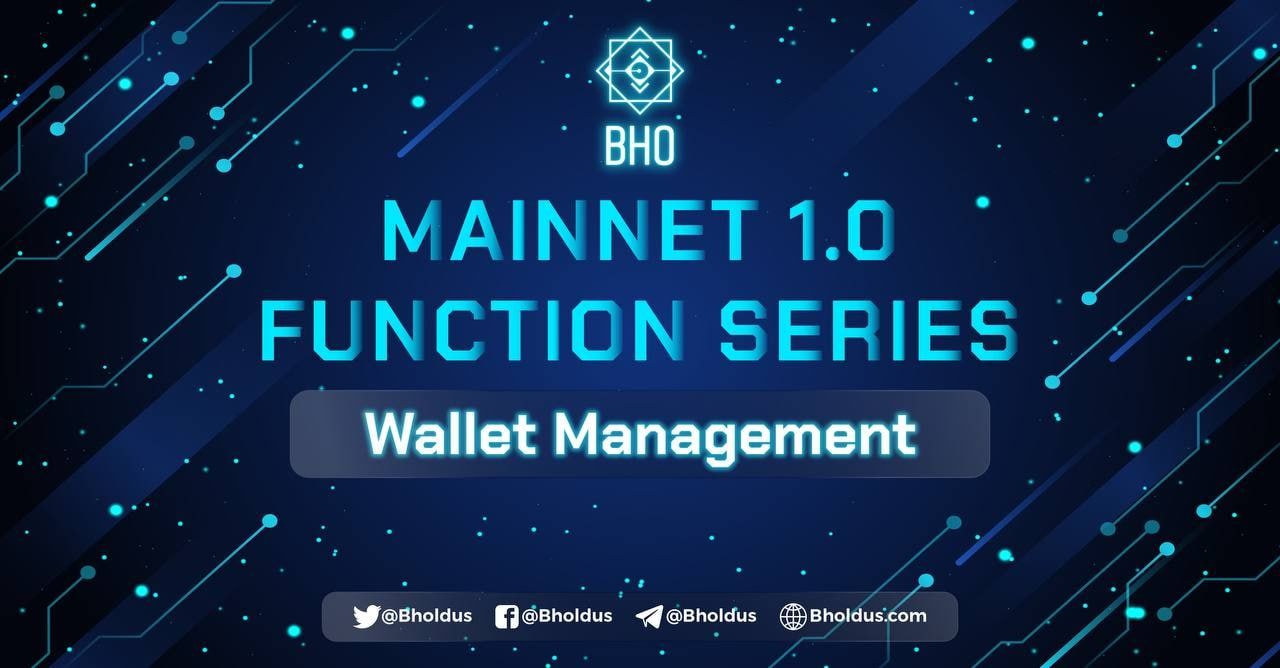- Blog
- Crypto News
- TOKENOMICS: PRICE AND VALUE OF THE TECHNOLOGY
TOKENOMICS: PRICE AND VALUE OF THE TECHNOLOGY
- The path to deflation
- Token’s use value and price
- Be careful with allocations to investment funds
- Tokenomics as a balance between price and value
Unlike traditional companies listed on a stock exchange, blockchain and crypto projects are much more difficult to value. Because tokens are not securities, and the operating model of blockchain projects is completely different from traditional companies. Tokens in blockchain projects act as a revenue generator, a means of storing value, managing the project, paying for operating costs and maintaining the ecosystem. Therefore, the important task of tokenomics is to strengthen the price line of the token, but at the same time also serve the long-term development plan of the project. So, in the current context, what should projects keep in mind when designing tokenomics?
The path to deflation
Ever since Binance implemented its plan to burn BNB tokens to make BNB's tokenomics deflationary, a "must become deflationary" pattern has formed in the design of projects' tokenomics. Of course, deflation is not bad, in fact both deflation and inflation are not bad in specific contexts and purposes. However, many projects try to forcefully “deflate” without taking into account the long-term future of the project and the intended use of the token.
Polkadot, the popular layer 0 project from 2020, is a prime example of applying an effective inflation model. The DOT token does not have a limited supply, and has an annual inflation rate of 10%. This inflation will be used to reward validators, thereby encouraging more validators to participate to increase security, decentralization for the network, and encourage more participants to stake on the network. This is also a factor that helps Polkadot maintain its ecosystem in the long term.
Similar to many other blockchain-based projects that aim to build a multi-application ecosystem, having a certain inflation rate is necessary to be able to meet basic needs such as rewards for validators and stakers - the indispensable elements for the blockchain network, or simply for spending in the ecosystem. From there, the project can develop better, attract more users and applications built on its platform, creating a real price increase for the token. The inflation model is not bad, especially if the project has a specific and long-term plan for its tokenomics.
Token’s use value and price
Tokenomics is not just a pie chart of allocations and a token unlocking schedule, it must include the application of the token, the value of these digital coins and how the project brings value to the token holders. A deflationary model that is not suitable for the application of the token will inadvertently hinder the development of the project, and conversely an inflation model with high application and use value will create enough demand naturally to boost the price of the token.
For example, a GameFi project with a main token with tokenomics designed to easily push prices early, will push the price of items needed for equipment so high that new players can't afford to experience the game. This will lead to the game losing players, and the token will only be a tool of speculation.
Each different use will require a different mechanism to be compatible. In some platform projects that require validators to hold and lock up a certain number of coins to run the node, the goal of tokenomics will be to keep the price of that coin as stable as possible so that it can reduce losses for validators when the market is volatile. Applications of tokens can be very diverse and sometimes very specific. Therefore, as an important part of tokenomics, the application of the token should be the first consideration when designing a tokenomics model.
Be careful with allocations to investment funds
During the crypto winter of 2022, we saw the collapse of many billion-dollar investment funds such as 3AC, Alameda Research, etc., and many other investment funds flooded with liabilities, forcing them to liquidate their assets, including tokens of the projects they have invested in. Therefore, many projects in recent difficult times have had to support the price of their tokens themselves after being continuously sold off by investment funds. Investment capital for blockchain startups has also declined sharply since the FTX - Alameda incident, partly because of difficult market conditions, and mainly because the projects themselves are also more timid and careful when raising capital.
Projects don't just need money from investment funds. Since the crisis of Alameda Research and Three Arrows Capital (3AC), many projects when raising capital have reduced the allocation for token sale rounds, with the reason "don't want VCs to dump on their heads", and prioritize investment funds that can support themselves in the long term in the development of technology infrastructure, marketing and multi-faceted coordination so that they can truly cooperate long-term.
Tokenomics as a balance between price and value
The price of a token does not necessarily represent the value of a project, but in the crypto market, the price and the price chart are the first things people look at before judging the technological potential and elaborately designed applications of the project.
The goal of tokenomics is to keep the balance between price and value, to retain investors and attract core players to contribute to the development of the project. Incentives and bonuses need to be attractive enough but not dilute the total supply. The application of the deflationary model must consider the intended use and application of the token so as not to cause conflicts of interest.
The end of the uptrend season in 2021 also ended the comfortable period for blockchain startups, forcing projects to redefine the inefficient patterns in tokenomics design in particular and project operating models in general to improve and modify, and to serve the larger purpose of survival and long-term development. Tokenomics, with the role of balancing the price and value of the project, needs to be re-emphasized with its importance.
Published on June 23, 2023
Tagged topics







